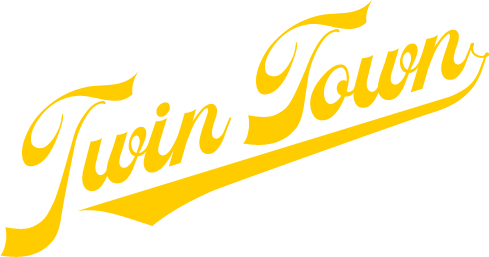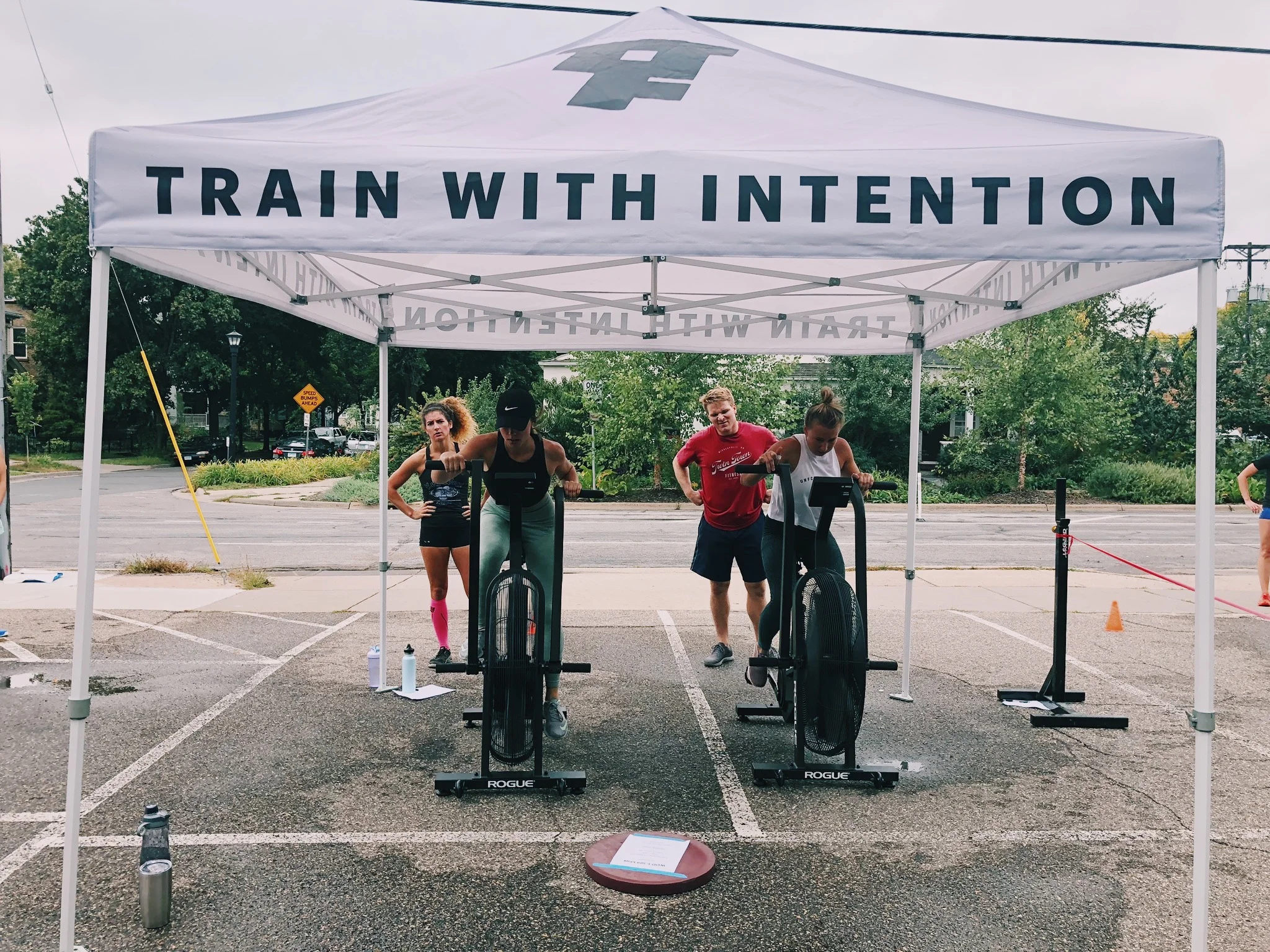What Does the "Intent" in our Workouts Mean?
This might be a word you’re sick of hearing, but I think it’s worthwhile to talk about why we have an "intent" listed for all of our workouts, why it’s better to hit the intent than always staying on a particular track, and how doing that will set you up for the most success in your workouts. I could go into a ton of detail on how different time domains of workouts use different energy systems in the body and how varying intensity levels are important for becoming more fit overall, so if you’re someone who’s interested in all of those intricate details (like I am) I’d be happy to grab a beer and talk nerdy fitness stuff. For everyone who’s not as big of a dork as I am, I’ll try to make this more concise.
Basically, your body has 3 main energy systems it uses to do work. One for really short efforts (less than :15 at maximal effort, ie heavy squats, snatches, or 40yd sprints), one for really long efforts (20 minutes or more) and one that serves as a bridge between the two. In CrossFit, we try to find the right balance between all three as much as possible. Spending all of your time in one or the other (like only lifting heavy or only running 5k+ all the time) isn’t necessarily a bad thing, but it will ultimately hold you back from being as well-rounded and “fit” as you could be. The reason for the Intent on each of our workouts is to make sure we’re not biasing one system over the other.
Some examples: if the intent of a workout is to finish in 20-22 minutes and you’re done in 15, you’re not spending time using the primary energy system we’re trying to access. If we only program 1-2 workouts in that 20-22-minute time domain per week, you’re almost never getting any work done on that end of the energy system spectrum. In cases like this, consider adding weight, scaling up the reps, or, if you’re doing the Work or Move tracks, you may even be ready to jump up to the next track altogether! The opposite is true, too. If the Intent is, for example, getting through 8-10 rounds on a workout with heavy Cleans and you only get 5 but you did the Train or “RX” weight, you’re actually making less progress than if you had gone lighter and gotten more reps (this also works if we’re looking for 5 rounds at a heavy weight and you get 10 because you went too light)!
Here’s another way of looking at it: In CrossFit workouts, we define your fitness by measuring your work capacity. What I mean by ‘"work capacity" is your power output. If we go back to high school physics, power is just force x distance divided by time. How much did you move, how far did you go, and how long did it take? We know that increasing your power output in each energy system is the best way to really improve your fitness. So the more you focus on the intent/desired intensity and not just the weights/reps, the more fit you’re going to be!
With all that said, some days you just need to get in here and move, break a sweat and slow things down. Other days you just need to not worry about your time and go heavy. But my point here is that those days should be more the exception than the rule.

